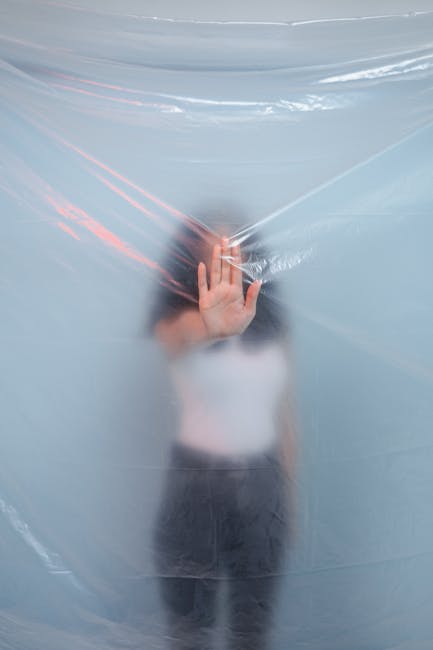AI’s Creative Surge in 2025: A Deep Dive into the Algorithmic Alchemy
The year 2025 has witnessed an unprecedented surge in artificial intelligence’s creative capabilities, impacting various sectors from art and music to literature and software design. While advancements in generative AI models are widely publicized, a deeper analysis reveals the intricate interplay of data sets, algorithms, and human intervention shaping this creative revolution. This report examines the key drivers behind AI’s creative ascent in 2025, analyzing both its triumphs and inherent limitations.
The Rise of Generative AI Models: Refining the Algorithmic Brushstrokes
Generative AI models, trained on massive datasets of text, images, and code, are at the forefront of this creative boom. In 2025, we see a refinement of these models, moving beyond simple imitation towards a more nuanced understanding of artistic styles and creative processes. This advancement stems from improved training methodologies, incorporating techniques like reinforcement learning and adversarial training to enhance both creativity and coherence in AI-generated outputs. The resulting artwork and musical compositions often display a level of sophistication previously considered unattainable for machines.
Data Sets: Fueling the Creative Engine
The quality and diversity of training data remain paramount. In 2025, access to curated and ethically sourced datasets is a defining factor in the success of generative AI models. The inclusion of diverse artistic styles, cultural contexts, and historical influences helps broaden the AI’s creative palette, preventing homogenization and bias. However, concerns regarding copyright infringement and the potential for perpetuating existing biases within the data remain significant challenges. The ongoing debate centers around establishing clearer legal frameworks and ethical guidelines for data collection and utilization in AI training.
Human-AI Collaboration: A Symphony of Creativity
While AI can generate impressive creative outputs independently, the most impactful results often emerge from collaborative efforts between humans and AI. Artists and musicians are increasingly integrating AI tools into their creative workflows, using them as collaborators rather than mere replacements. AI algorithms can assist in brainstorming, generating variations on a theme, or exploring uncharted creative territories, while human artists provide the crucial element of intention, emotional depth, and artistic vision. This synergistic approach promises a future where AI amplifies human creativity rather than supplanting it.
The Evolving Role of the Human Artist
The human artist’s role is evolving from that of a sole creator to a curator and director of AI-generated content. Artists are learning to communicate their creative intent effectively to AI, using prompts and feedback loops to guide the AI’s creative process. This necessitates a new set of skills, demanding a deeper understanding of AI’s capabilities and limitations. Educational institutions and professional development programs are already adapting to address this growing need, integrating AI literacy into curricula across diverse creative disciplines.
The Commercial Landscape: Monetizing AI Creativity
The commercialization of AI-generated content is rapidly accelerating in 2025. Companies are utilizing AI to create marketing materials, generate unique product designs, and personalize user experiences. The music industry sees AI composing jingles and background scores, while the film industry uses AI to create special effects and generate realistic character animations. This widespread adoption raises crucial questions about intellectual property rights, the value of human creativity in a world increasingly saturated with AI-generated content, and the economic implications for human creators.
Economic Implications and Copyright Concerns
The economic impact of AI-generated content on human artists remains a subject of intense debate. While AI offers opportunities for increased efficiency and creative exploration, there are legitimate concerns about job displacement and the potential devaluation of human artistic skill. The legal framework surrounding copyright for AI-generated works is still evolving, leading to uncertainty and legal challenges. This necessitates the development of robust legal and ethical frameworks to ensure fair compensation for human artists and protect their intellectual property rights.
Ethical Considerations and Future Challenges
Ethical considerations are central to the discussion surrounding AI creativity. Bias in training data can lead to the perpetuation of harmful stereotypes in AI-generated outputs. The potential for AI-generated content to be used for malicious purposes, such as creating deepfakes or generating propaganda, also requires attention. These issues necessitate the development of ethical guidelines, regulatory frameworks, and robust detection mechanisms to mitigate these risks.
Key Challenges and Future Outlook
- Bias mitigation: Addressing biases embedded within training data remains a critical challenge.
- Copyright and ownership: Defining legal frameworks for AI-generated content requires immediate attention.
- Job displacement: Mitigating the negative impact on human artists is essential.
- Ethical guidelines: Establishing clear ethical principles for the development and use of AI creative tools is vital.
- Transparency and explainability: Understanding how AI generates creative outputs is crucial for building trust and accountability.
The rapid advancements in AI creativity in 2025 present both immense opportunities and significant challenges. Navigating this complex landscape requires a collaborative effort between researchers, policymakers, artists, and the wider public to ensure that AI is used responsibly, ethically, and in a way that benefits humanity as a whole. The focus must shift from simply celebrating AI’s technical capabilities to addressing the profound societal, economic, and ethical implications of this technological revolution. The future of creativity will likely be a collaborative endeavor between humans and AI, demanding a careful balancing act between technological progress and human values.

